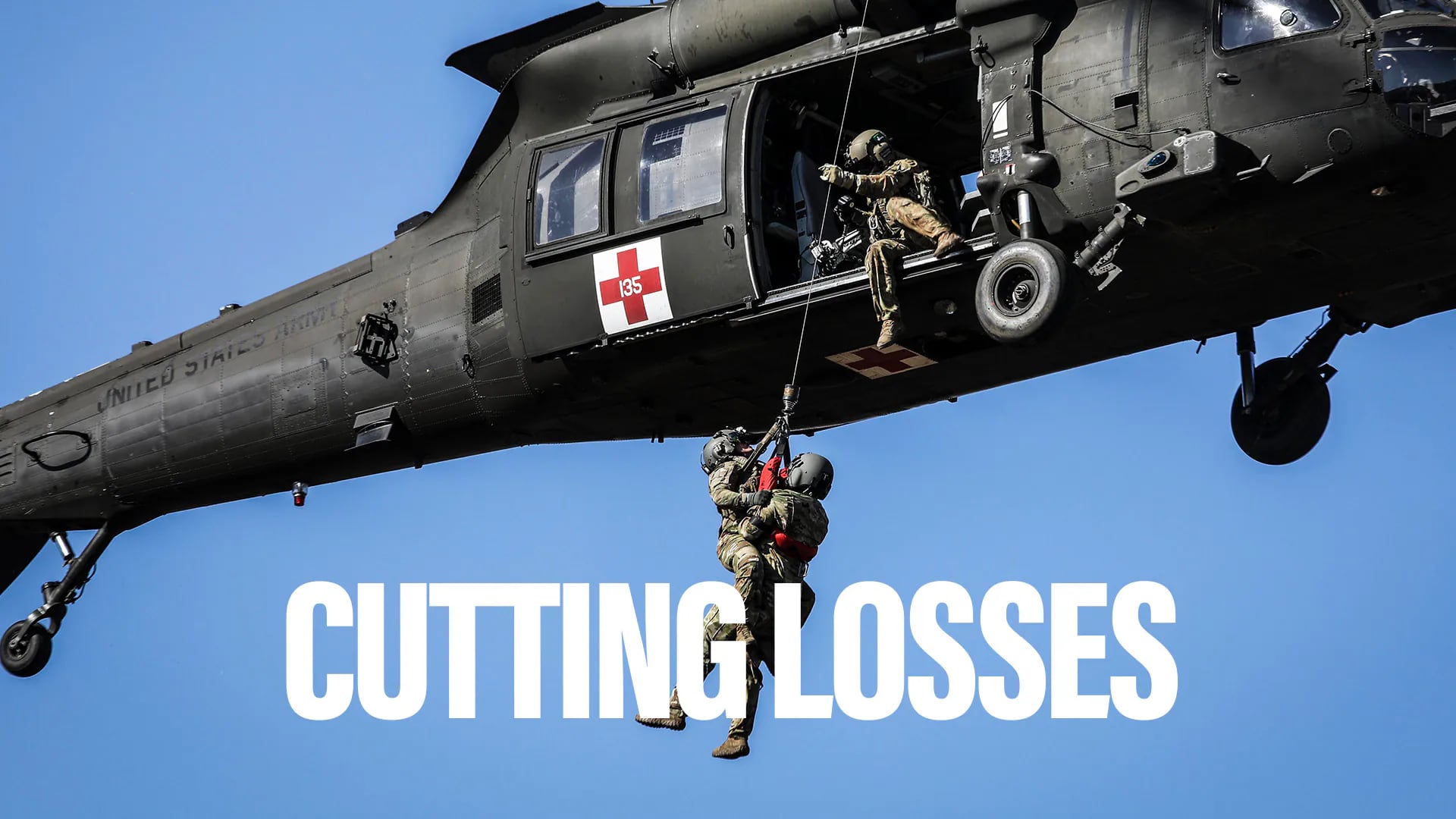As the military shifts away many of its troops from Iraq and Afghanistan, theaters at this point well-stocked with communications infrastructure, it faces a changing type of threat that could leave troops disconnected from command and control.
Emerging threats to satellite communications (satcom) mean the military must fortify their satellite hardware, but also reinforce backup options for when satcom goes down. That includes redundancies spread across the globe, Army leaders said at the Association of the U.S. Army annual meeting.
"The threats are increasing both from an electronic warfare perspective and from anti-satellite perspective, so having redundancy built in to all levels of the network, whether you're at home station or the tactical edge, is one of the things we work very hard on as we build out networks," MG John Morrison, commanding general of the Army's Network Enterprise Technology Command, told reporters on Oct. 14. "We very rarely lay in something today where we leave it on a single transmission medium – we always try to build in that redundancy. It may not always be on time on target, meaning it may not available from the initial stages of an operation, but we always [push toward] putting in that level of redundancy."
ONLINE MULTIMEDIA REPORT: Satcom for Tactical Forces C2
"For all of our networks that rely on satcom, we have a terrestrial enabling capability as well," Martin said. "Obviously a terrestrial is not going to provide the range and distances that satcom does, but within the WIN-T system…we do provide high-capacity line-of-site as well as satcom capability. Clearly diversity and duality of the data path is what we're after, and that's part of why our tactical radio system is important to us, particularly at the maneuver level."That includes the use of terrestrial equipment and capabilities, as well as tactical radios, according to Gary Martin, program executive officer for Command, Control and Communications-Tactical.
Beyond shoring up redundancies and backup capabilities, the Army also must target the training and education piece of satcom and communications operations, Morrison noted.
"If you read the papers, you can see for yourself some of the nation-states that are out there. So it's something we've got to pay particular attention to," Morrison said. "Operating in a degraded environment is something we just need to start training on and have to be trained on. We can't assume we're going to fall in like the last 13 years onto a forward operating base that has this robust infrastructure. Quite frankly, with some of the contingency operations we've supported in the last year, we've seen that – [infrastructure] just simply didn't exist."
Originally published Oct. 20, 2015.








